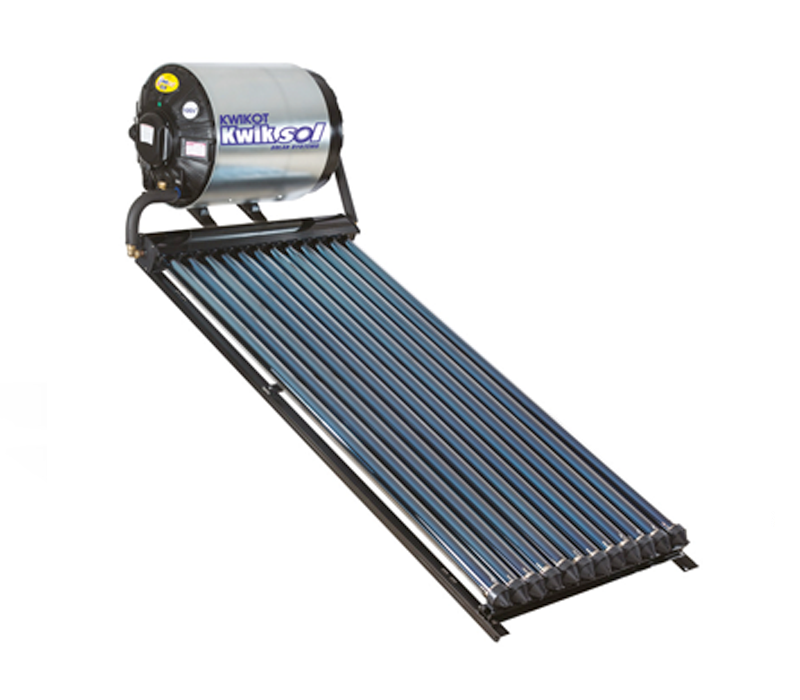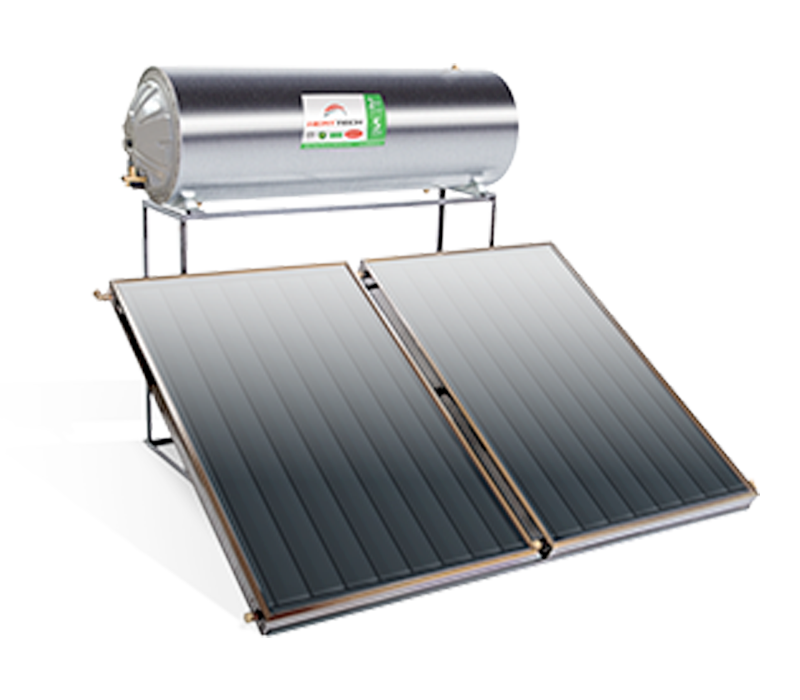SOLAR PANELS
SOLAR PANELS
SOLAR WATER HEATER (GEYSER)
Solar geysers
The solar geyser is fitted with an electrical thermostat and element, which will heat the water.
Closed coupled thermosyphon system
A closed coupled thermosyphon system is a solar geyser which is installed at a higher plane than the solar collector. The basic principles of physics come into play where a liquid is heated it becomes less dense and rises, creating a thermosyphon circulation of the liquid between the solar geyser and the solar collector. The closed coupled thermosyphon system is more efficient and less costly than a split pump system.
Split pump system
The solar geyser is installed at a lower plane (normally in the roof) than the solar collector. In order to circulate the liquid between the solar geyser and the solar collector, circulating pumps are required. In keeping with using solar energy, the pump is powered by a solar crystallite panel.
Solar system maintenance
Very little maintenance is needed on a solar system. The system should be checked for any visible leaks and the solar collector should be kept clean. The heat transfer liquid (dilution of glycol and water) in the Indirect System must be topped up if there has been a leak and the changed every two to three years.
Solar vacuum tubes
An array of solar vacuum tubes are more efficient than a flat plate solar collector, as the tubes are round and the sun rays will start heating the system earlier in the morning. A tube system also allows for the installations to face up to 40°C east or west where the flat panel has to face true north.
The difference between a Direct system and an Indirect system
Direct System: the potable water in the geyser is directly heated by the solar collector.
Indirect System: the potable water is stored in an inner tank with an outer tank surrounding the inner tank know as a jacket. The jacket is filled with a mixture of propylene glycol and water, which is heated by the solar collector and heats the potable water in the inner tank.




